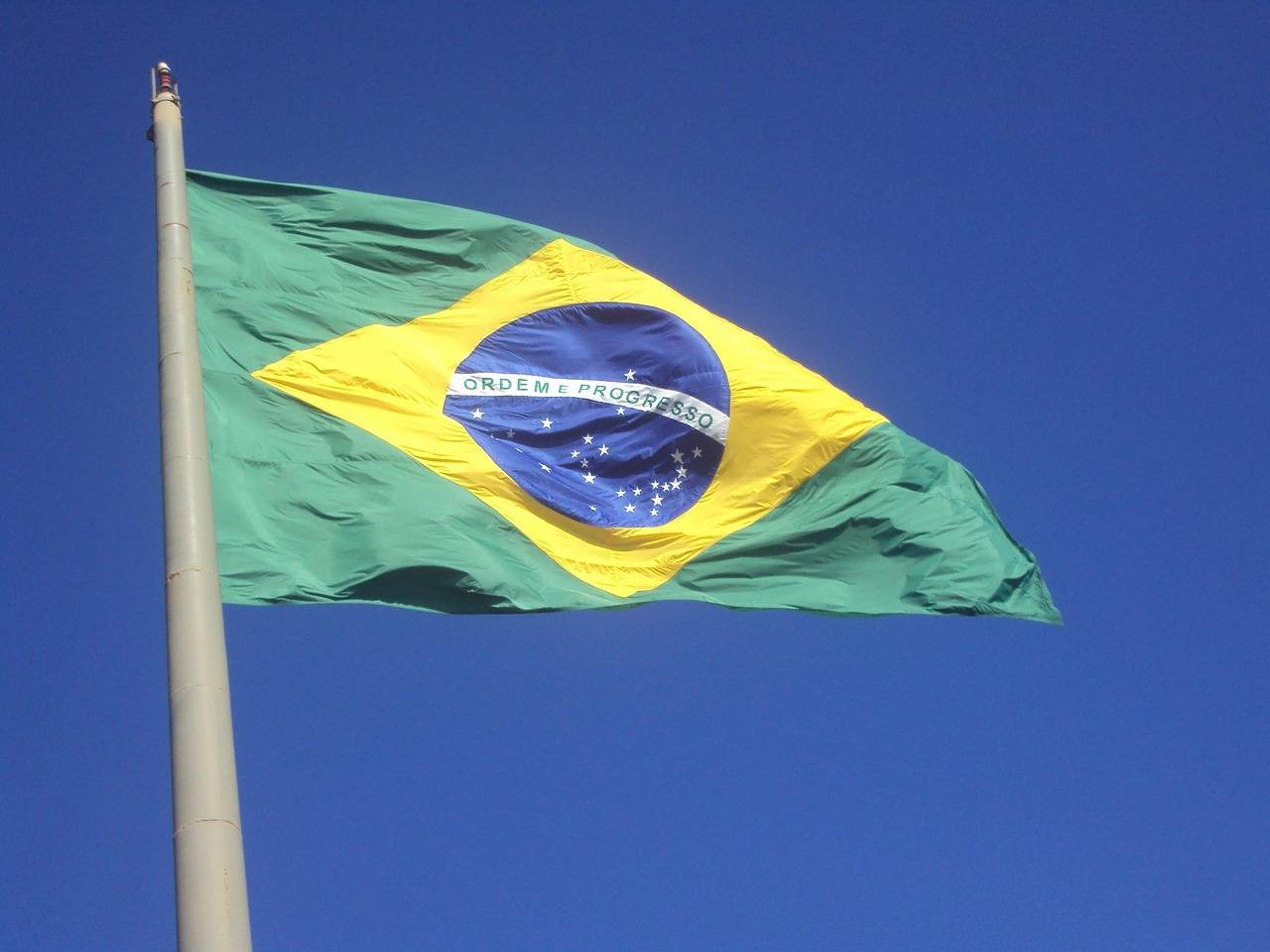ROME – Monsignor Jeffrey Burrill, the former secretary general of the U.S. bishops’ conference whose sudden resignation three years ago over disclosures regarding his use of a gay dating app created a contretemps over journalistic ethics, is back in the news this week after filing a new lawsuit against Grindr.
Lawyers representing Burrill filed the suit in Los Angeles County Superior Court against Grindr LLC, whose corporate headquarters are in West Hollywood. In essence, Burrill is claiming that Grindr falsely claimed his personal information would be safe, and then sold it to third parties without alerting him that it could be used to identify him.
Grindr has said in a statement that the company plans to dispute the charges “vigorously.”
To recap, here’s the Burrill story in a nutshell.
A native of Marshfield, Wisconsin, and a priest of the Diocese of La Crosse ordained in 1998, Burrill began his service at the USCCB as associate general secretary in 2016 after stints in Rome. He moved up to the general secretary position in 2020, effectively making him chief of staff.
In July 2021, the Catholic news site Pillar published a story based on what it described as information obtained from commercially available data from Grindr, which purported to show that a mobile phone belonging to Burrill had transmitted signals from Grindr on a nearly daily basis in 2018, 2019, and 2020, often placing the phone in gay bars and bathhouses even when Burrill was traveling for the bishops’ conference.
In the storm that ensued, Burrill resigned his position, at least ostensibly “to avoid becoming a distraction to the operations and ongoing work of the conference,” in the words of a statement from Archbishop Jose Gomez of Los Angeles, at the time the President of the United States Conference of Catholic Bishops.
Burrill was returned to active ministry in La Crosse in 2022 after a leave of absence.
The story created intense debate about the ethical propriety of harvesting private information about Catholic figures and then using it to discredit them publicly, especially when doing so may appear to serve a political agenda. (Not only is the USCCB sometimes criticized for alleged liberal bias, but subsequent subjects of similar Pillar reports, including the Archdiocese of Newark, were also viewed as left-leaning, while The Pillar is typically seen as conservative.)
Supporters of the Pillar report argued that one key lesson from the clerical sexual abuse scandals is that where there’s smoke, there’s often fire, and the church ignores such warning signs at its peril. Critics, however, complained of McCarthyite tactics and also anti-gay prejudice.
For whatever it’s worth, I wrote an analysis at the time in which I concluded that based on Crux’s own editorial standards, we would not have carried the story given the information provided. I never published it, but since the case is back in the news, I’ll provide the gist of it here.
Let me be clear that this is a tough call, about which fair-minded and ethically responsible people will disagree. The Pillar generally provides serious news and analysis on Catholic affairs, and I don’t envy the headaches this situation must have caused. I revisit it now only because the new lawsuit is a reminder that the issues raised three years ago have hardly gone away.
My conclusion rested on five points.
First, the initial test is whether the information being provided in a news report concerns a public figure with reduced expectations of privacy. The Pillar justified its decision about Burrill on his position at the bishops’ conference, describing him as “effectively the highest-ranking American cleric who is not a bishop” and suggesting he played a key role in decisions about the sexual abuse crisis, including the Theodore McCarrick scandal.
Both are debatable propositions.
To begin with, it’s not necessarily the case that being secretary general of a bishops’ conference invests a priest with any real power. One could make a strong argument that serving as vicar general of a major archdiocese is a far more important position, for instance, given that an episcopal conference is mostly an advisory body, while a diocese has wide latitude to govern its own affairs. The secretary’s role is usually limited to executing policy set by bishops.
Moreover, the assertion that Burrill was involved in the McCarrick affair is supposition, not fact. It’s worth noting that in the Vatican’s own exhaustive 449-page report on the McCarrick case, issued in November 2020, Burrill’s name is never mentioned.
In other words, there’s a serious question about whether information about Burrill’s private life ever was truly in the public interest.
Second, Burrill was presented as guilty of sexual misconduct when the evidence didn’t clearly establish that conclusion. Use of a gay hookup app on a phone is troubling, but not, in itself, direct proof of sexual activity or other violations of one’s priestly vows. For all we know, a priest with similar cellular data could have been seeking company, friendship, or even pastoral and ministerial opportunities.
A possible over-interpretation of the evidence could suggest a desire to inflict the maximum amount of damage – or, at a minimum, to attract the maximum number of readers, perhaps without adequate concern for the fallout for the person whose reputation is being irreparably harmed.
It’s worth recalling St. Thomas Aquinas’s injunction from the Summa regarding what he called iniuria verborum: “If by his words the speaker intends to dishonor another person … this is no less a mortal sin than theft or robbery, since a person does not love his honor any less than his possessions.”
Third, the article’s implication of a causal link between the presence of homosexuals in the Catholic priesthood and the clerical sexual abuse crisis is troubling, even if the point seemed less about the nature of the same-sex orientation and more about the dynamics of cover-up and mutual protection among any subset of clergy with secrets to keep.
At the very least, the article could have included assessments from independent experts on child sexual abuse regarding whether sexual orientation, in itself, plays a role, and whether the use of dating apps is a true red flag. The choice not to do so can suggest either recklessness, or, more alarming, a deliberate desire to raise doubts about all gay clergy, even those (presumably the majority) faithful to their vows who’ve never abused anyone.
Fourth, the lack of transparency about where the data was obtained, who obtained it (if not by name, at least a general characterization of the source), whether payments were involved and, if so, how much, are all omissions with regard to accepted journalistic practice.
Exceptions can be justified under certain circumstances, as few rules in journalism are absolute, but, in this case, they leave important questions relevant to assessing the credibility of the report unanswered.
Fifth, the political overtones of the report are also alarming, given the clear right v. left tensions among the various parties. That simply may have been happenstance, but for a news outlet, even the appearance of a political axe to grind ought to be an additional motive for caution.
To recapitulate, these are extremely difficult choices, and I make no claim to infallibility in trying to settle them. All I know for sure is that we need to think through the questions raised now, because the new realities of the information age, for reporting on the Catholic Church and every other subject under the sun, are here to stay.

















